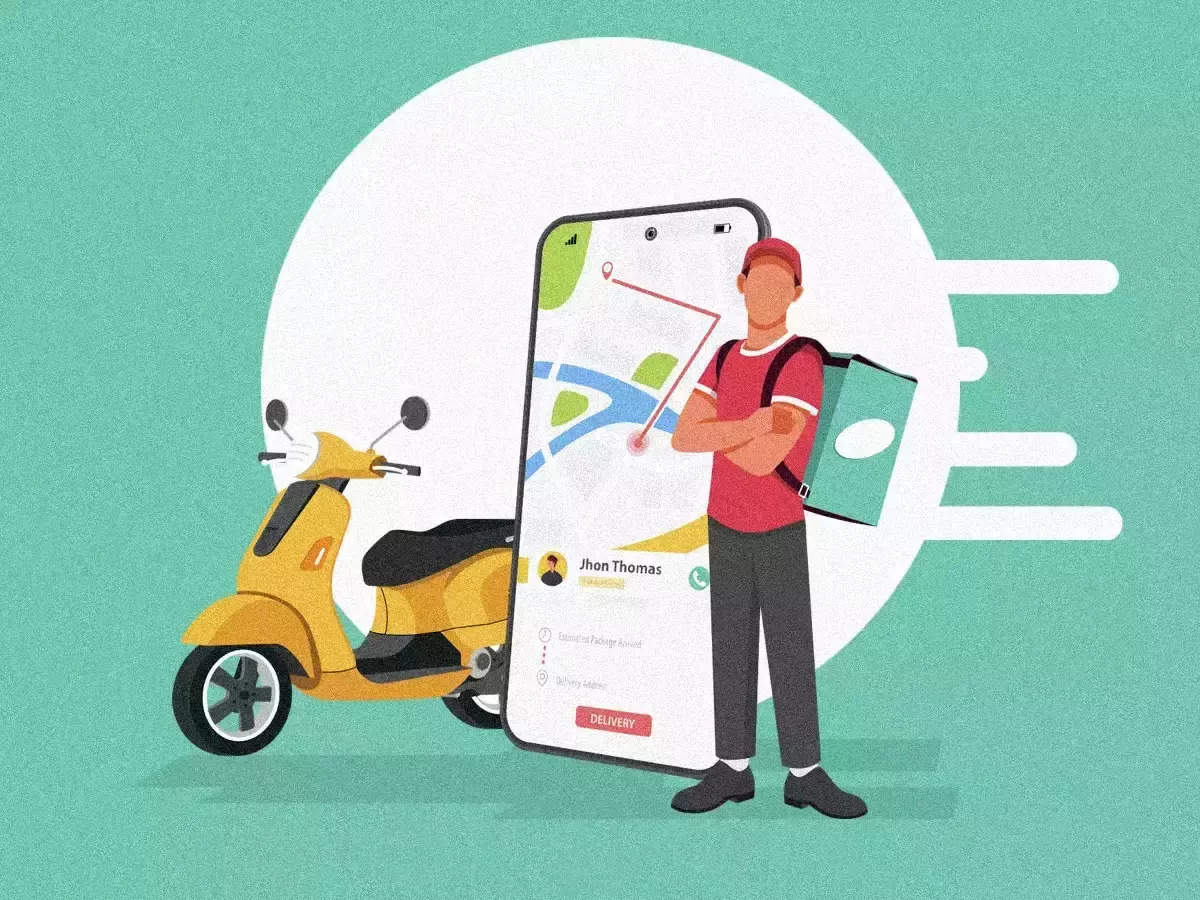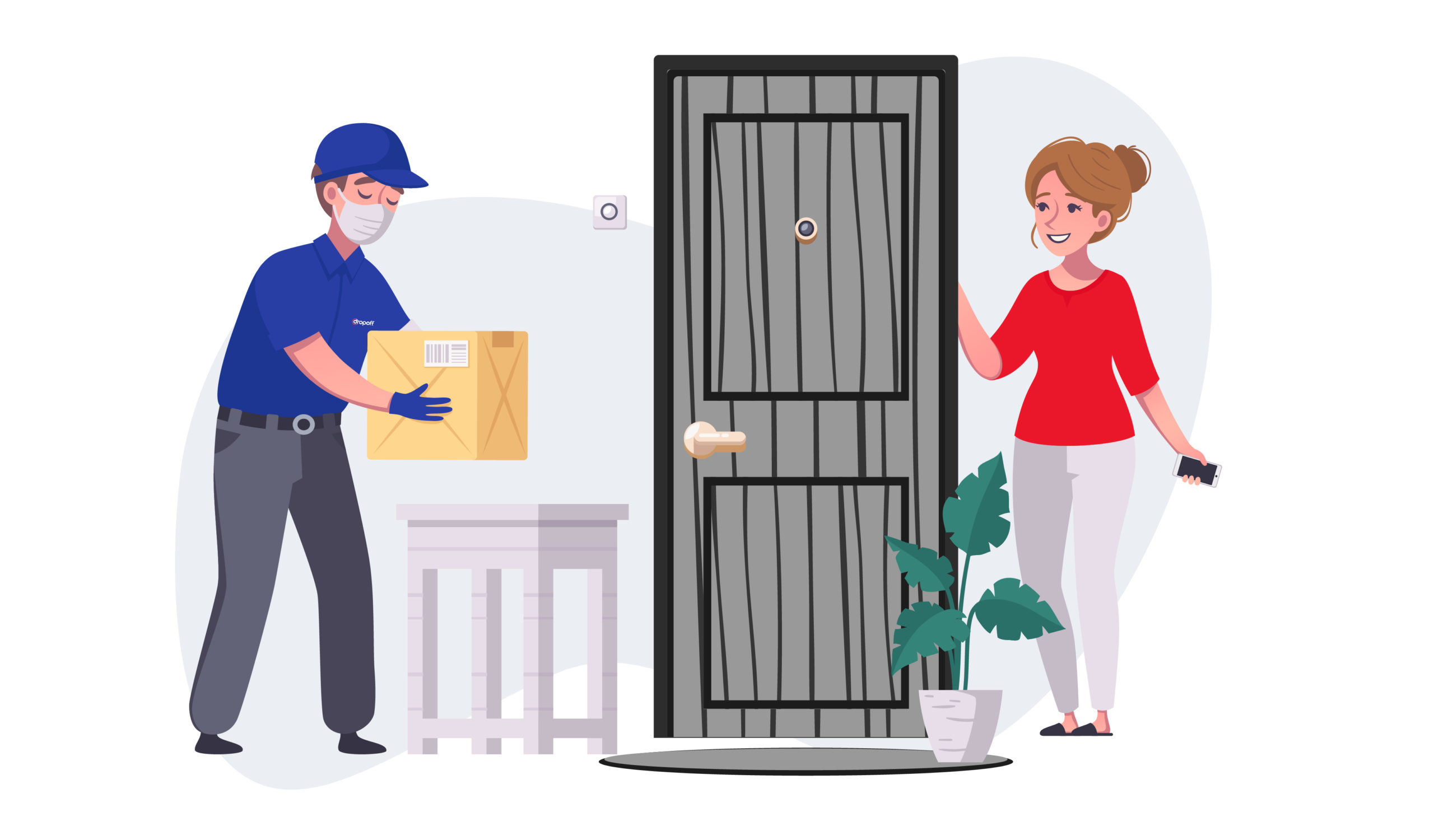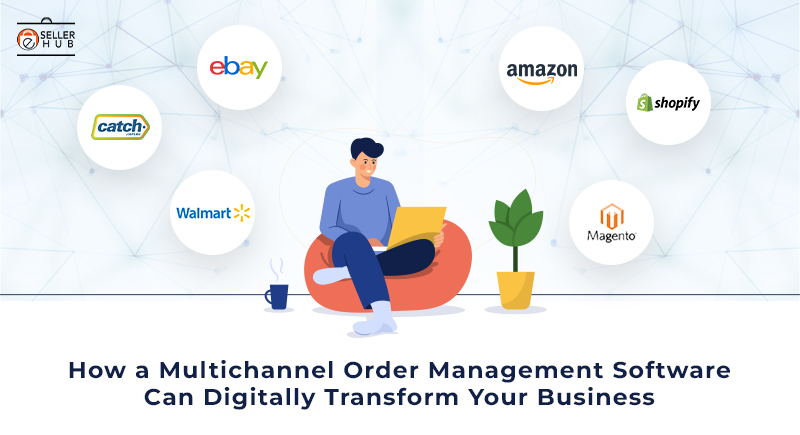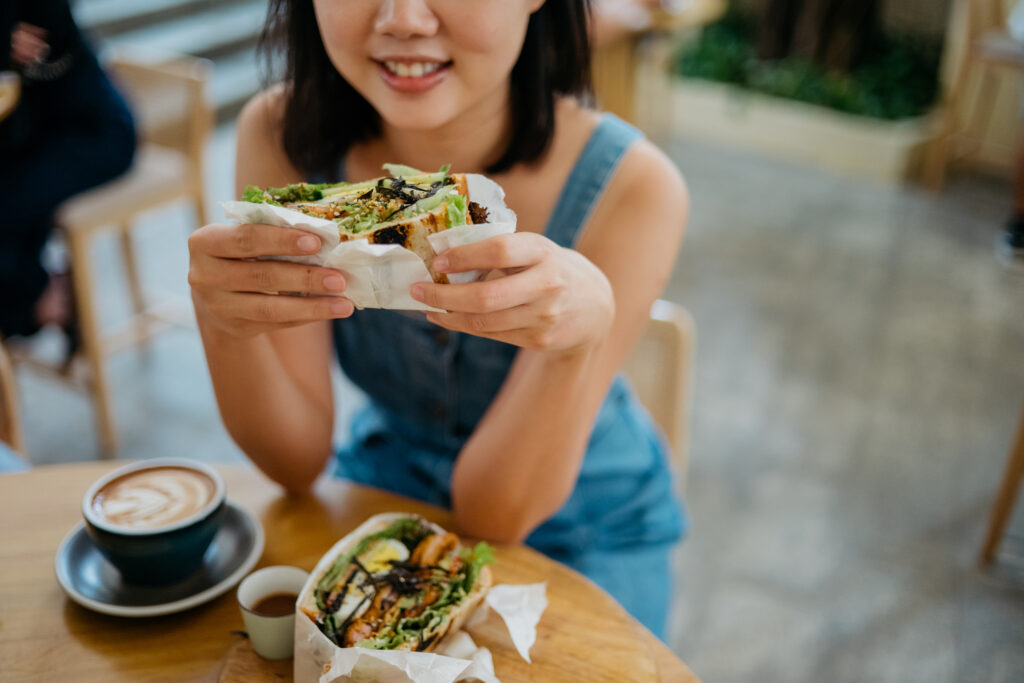
In the fast-paced landscape of the modern world, the food delivery industry continues to evolve, influenced by technological advancements, shifting consumer behaviors, and an ever-expanding culinary landscape. This comprehensive article delves into the latest trends shaping the food delivery industry, offering insights into the dynamic and flavorful future of how we experience and enjoy our meals.
1. Contactless Delivery and Safety Measures: A Paradigm Shift

The COVID-19 pandemic has accelerated the adoption of contactless delivery and stringent safety measures. From QR code menus to tamper-evident packaging, the industry has witnessed a paradigm shift towards ensuring the safety of both customers and delivery personnel. This trend is likely to persist as consumers prioritize hygiene and minimal contact in their dining experiences.
2. Ghost Kitchens and Virtual Brands: Culinary Innovation Unleashed

The rise of ghost kitchens, also known as dark kitchens, and virtual brands has transformed the culinary landscape. These establishments operate solely for delivery and takeout, allowing chefs to experiment with diverse cuisines and concepts without the constraints of a traditional restaurant setup. As a result, consumers are now exposed to a wider array of culinary options, from gourmet burgers to exotic fusions, all delivered to their doorstep.
3. Integration of Artificial Intelligence: Enhancing the User Experience
Artificial Intelligence (AI) is becoming integral to the food delivery industry, enhancing user experiences and streamlining operations. AI algorithms analyze user preferences, predict ordering patterns, and offer personalized recommendations. Chatbots provide real-time assistance, and route optimization algorithms ensure efficient and timely deliveries, optimizing the overall process for both consumers and businesses.
4. Sustainable Packaging Initiatives: A Greener Approach

With increased awareness of environmental issues, there’s a growing emphasis on sustainable packaging within the food delivery industry. Businesses are adopting eco-friendly materials, reducing single-use plastics, and exploring innovative packaging solutions. Consumers, too, are expressing a preference for environmentally conscious options, influencing the practices of major food delivery platforms.
5. Subscription Models and Loyalty Programs: Building Customer Retention

To foster customer loyalty, many food delivery platforms are embracing subscription models and loyalty programs. These initiatives offer perks such as discounted delivery fees, exclusive deals, and rewards points for frequent orders. By providing additional value to loyal customers, businesses aim to secure repeat business in an increasingly competitive market.
6. Rise of Hyper-Local and Niche Delivery Services: Catering to Specialized Tastes

Hyper-local and niche delivery services are gaining traction, catering to specialized tastes and preferences. These platforms focus on specific cuisines, dietary preferences, or unique food items that may not be readily available through mainstream services. This trend reflects a growing demand for personalized and curated culinary experiences.
7. Multi-Channel Ordering: Seamless Integration for Convenience

The food delivery industry is moving towards seamless integration with multiple ordering channels. Customers can place orders through dedicated apps, websites, social media platforms, and even voice-activated assistants. This multi-channel approach aims to enhance accessibility and convenience, allowing users to order their favorite meals through the platform of their choice.
8. Virtual Reality Dining Experiences: A Futuristic Glimpse

As technology continues to advance, virtual reality (VR) dining experiences are emerging as a futuristic trend. Virtual dining platforms allow users to immerse themselves in simulated environments while enjoying their meals. Although in its early stages, this trend hints at a potential future where the act of dining becomes a multisensory experience, transcending physical boundaries.
9. Local Partnerships and Collaborations: Supporting Communities
Food delivery platforms are increasingly forming partnerships with local restaurants, supporting small businesses and contributing to community growth. These collaborations not only provide consumers with a diverse array of dining options but also help local establishments thrive in the competitive food delivery landscape.
10. Health-Conscious Menus and Dietary Preferences: A Focus on Well-being

The trend towards health-conscious eating has influenced food delivery menus. Platforms are offering a wider range of nutritious and dietary-conscious options, including vegan, gluten-free, and low-calorie choices. This shift aligns with evolving consumer preferences for healthier dining alternatives.
Conclusion: A Flavorful Future Beckons
As the food delivery industry continues to evolve, these trends collectively shape a flavorful future. From the integration of cutting-edge technology to a focus on sustainability and culinary innovation, the landscape is dynamic and diverse. Consumers can anticipate an array of options, personalized experiences, and a seamless ordering process that caters to their evolving tastes and preferences. Embracing these trends, the food delivery industry is not just delivering meals; it’s crafting an experiential journey that promises a delicious and dynamic future for food enthusiasts worldwide.




